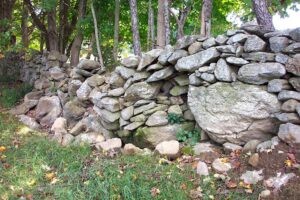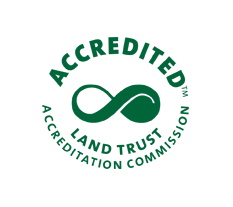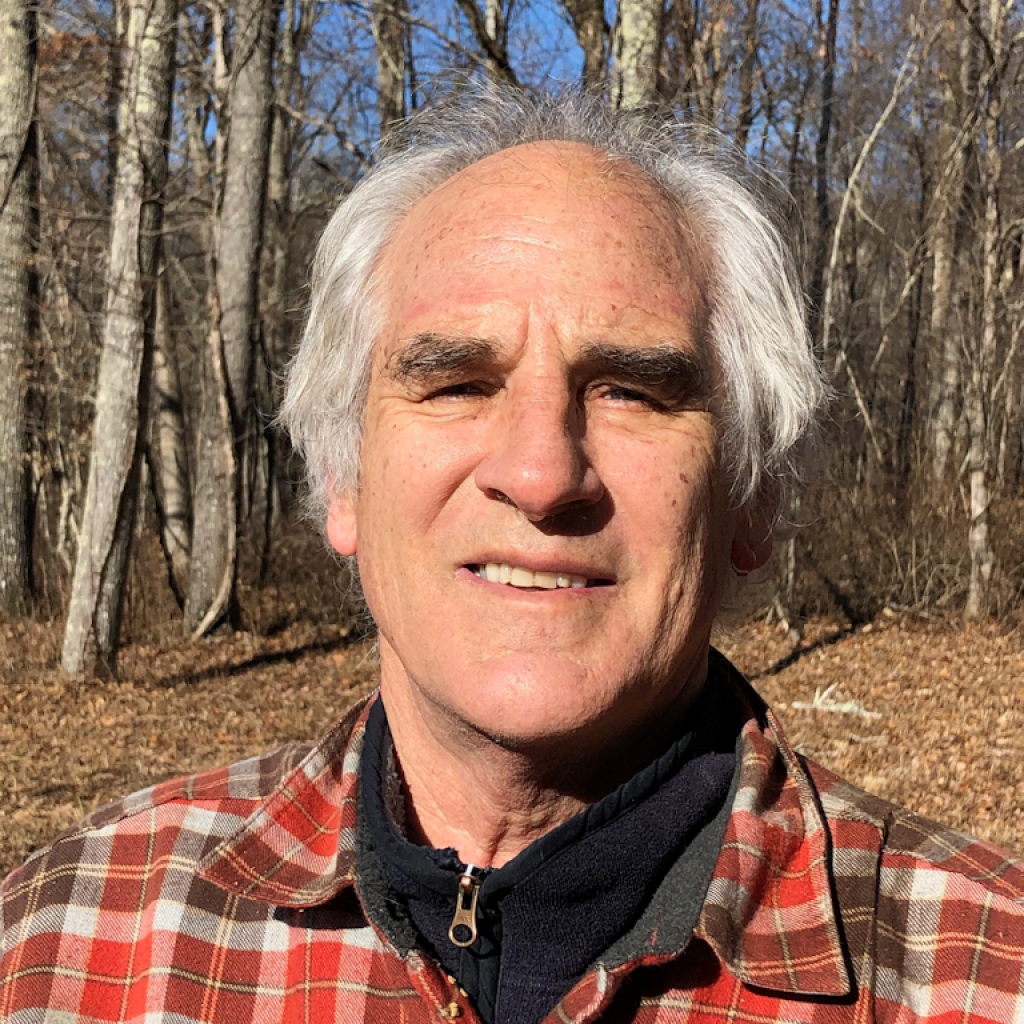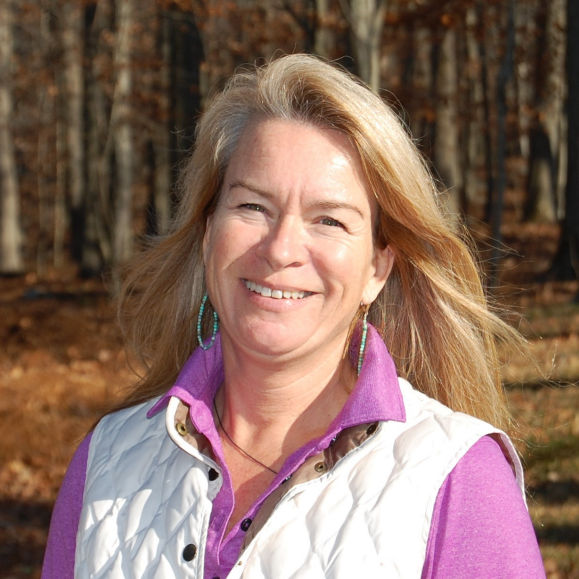 Hebron, CT stone wall by Robert Thorson
Hebron, CT stone wall by Robert Thorson
Date: Wed May 21, 2025
Time: 6:00 pm
Place: Lyme Public Hall, 249 Hamburg Rd, Lyme CT
Contact Email:
education@lymelandtrust.org
!!! seems it only displays well the 2nd time? ugh.
Stone wall interpretation provides new opportunities to thread together historical, archaeological, aesthetic, geological, and ecological interests. Historically, the walls are important adjuncts to the thousands of historic houses and buildings, cemeteries, battlegrounds, and monuments throughout the region. Archaeologically, they are above-ground ruins. Aesthetically, they convey essential themes in literature and art. Psychologically, they provide boundaries in space and time. Geologically, they are signature land forms for the Anthropocene epoch, the counterpart to the babbling brooks, inland wetlands, coastal dunes, kettle ponds, and bedrock ledges of the postglacial Holocene Epoch. Ecologically, they create dry lands as porous, elevated, and elongate volumes of surface stone that drain quickly.
These words by Robert Thorson convey the importance of New England’s unique stone walls, and he is the authoritative expert, having written the book (Stone by Stone: The Magnificent History in New England’s Stone Walls) back in 2002. His urgent mission is the preservation of these ubiquitous structures: a step wise approach to the conservation and interpretation of New England’s stone walls that considers these diverse values while also remaining respectful of the presence of Indigenous stonework in the landscapes. We invite you to come and explore these ideas with Dr. Thorson in this fascinating talk – it’s one you won’t want to miss!
Robert Thorson has advised countless federal, state, and town governments, non-profit historical societies, conservation groups, law practices, and private landowners. In a 2023 Smithsonian essay he linked the history of stone walls to literature, ecology, climate change and geoscience, an article selected by the History News Network for the “Best History Writing of 2023.” At the University of Connecticut, he coordinates the Stone Wall Initiative as scholarly engagement within the Connecticut State Museum of Natural History. For three decades he’s been a stump evangelist for the preservation of New England’s historic landscapes.
Co-sponsored with the Lyme Public Hall
Stone wall interpretation provides new opportunities to thread together historical, archaeological, aesthetic, geological, and ecological interests. Historically, the walls are important adjuncts to the thousands of historic houses and buildings, cemeteries, battlegrounds, and monuments throughout the region. Archaeologically, they are above-ground ruins. Aesthetically, they convey essential themes in literature and art. Psychologically, they provide boundaries in space and time. Geologically, they are signature land forms for the Anthropocene epoch, the counterpart to the babbling brooks, inland wetlands, coastal dunes, kettle ponds, and bedrock ledges of the postglacial Holocene Epoch. Ecologically, they create dry lands as porous, elevated, and elongate volumes of surface stone that drain quickly.
These words by Robert Thorson convey the importance of New England’s unique stone walls, and he is the authoritative expert, having written the book (Stone by Stone: The Magnificent History in New England’s Stone Walls) back in 2002. His urgent mission is the preservation of these ubiquitous structures: a step wise approach to the conservation and interpretation of New England’s stone walls that considers these diverse values while also remaining respectful of the presence of Indigenous stonework in the landscapes. We invite you to come and explore these ideas with Dr. Thorson in this fascinating talk – it’s one you won’t want to miss!
Robert Thorson has advised countless federal, state, and town governments, non-profit historical societies, conservation groups, law practices, and private landowners. In a 2023 Smithsonian essay he linked the history of stone walls to literature, ecology, climate change and geoscience, an article selected by the History News Network for the “Best History Writing of 2023.” At the University of Connecticut, he coordinates the Stone Wall Initiative as scholarly engagement within the Connecticut State Museum of Natural History. For three decades he’s been a stump evangelist for the preservation of New England’s historic landscapes.
Co-sponsored with the Lyme Public Hall







